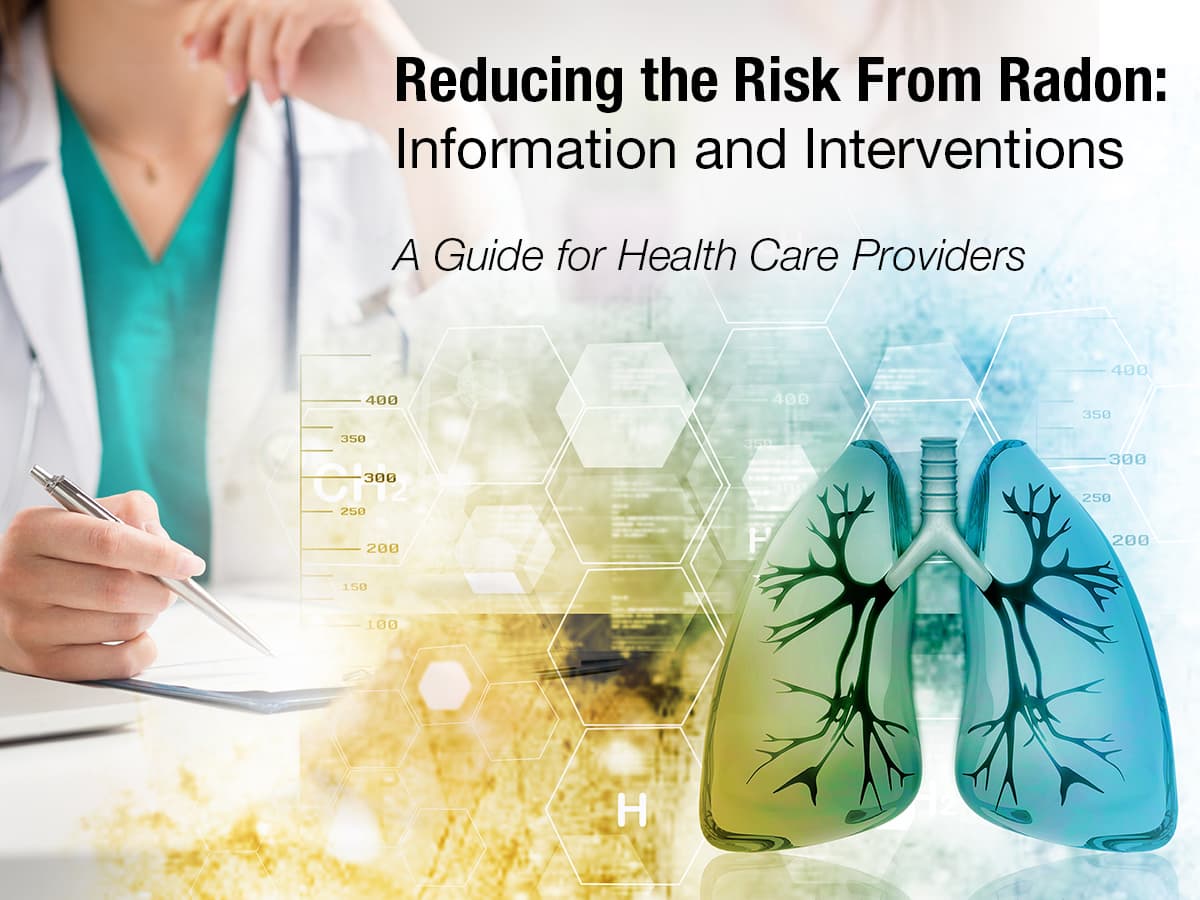Lung Cancer Information for Health Care Providers
In this video, former U.S. Surgeon General Dr. Jerome Adams lists three steps health care professionals can take to help their patients quit smoking.
You can play a key role in reducing the burden of lung cancer, the number one cause of cancer death in the United States.
Help Patients Lower Their Lung Cancer Risk
Ask your patients if they use tobacco products or e-cigarettes.
- Advise patients who don’t use them not to start.
- Encourage patients who do use tobacco products to quit, and offer help with quitting. A doctor’s advice to quit is an important motivator for patients who are trying to stop smoking.
- Talk with cancer patients about the risks of tobacco use after a cancer diagnosis and include tobacco cessation services as part of a survivorship care plan, when indicated.
Let patients know that there is no risk-free level of exposure to secondhand smoke, and advise them to avoid it.
Ask your patients if their home has been tested for radon.
- Encourage patients whose homes haven’t been tested to consider having a radon test done.
- If a radon test was done and the level was high, advise patients to take steps to reduce the radon level.
For detailed information about radon, see the Agency for Toxic Substances and Disease Registry’s ATSDR Clinician Brief: Radon.

The Conference of Radiation Control Program Directors developed a guide for health care providers titled Reducing the Risk from Radon: Information and Interventions. [PDF-1.5MB] This guide was designed to furnish health care providers with the information they need to reduce their patients’ exposures to radon.
Help Patients Decide Whether to Get Lung Cancer Screening
Screening people at high risk for lung cancer can reduce deaths by finding lung cancer at an early stage, when treatment is more effective. Annual screening with low-dose computed tomography (LDCT) is the only test the U.S. Preventive Services Task Force (USPSTF) recommends for lung cancer screening. Many private insurers and Medicare cover annual LDCT screening for lung cancer for eligible patients, as well as a visit to decide if lung cancer screening is right for them.
Most people who should be screened for lung cancer do not receive it. Increasing knowledge about screening recommendations can help prevent deaths.
You can help—
- Determine if your patients are eligible for lung cancer screening. The updated recommendations mean that more patients are eligible for lung cancer screening.
- Make sure your patients understand the possible benefits and harms of screening.
- Work with your patients to make decisions about screening.
Lung Cancer Risk Calculators
Clinical risk prediction calculators have been developed to—
- Identify people at high risk for lung cancer.
- Quantify the probability that a lung nodule found by lung cancer CT screening is malignant.
These calculators include an expanded list of risk factors in addition to smoking status and age. Radiologists have used the results from lung cancer risk calculators as part of decisions about follow-up management of lung nodules. Patients and primary care providers have used the results as part of the shared decision-making discussions recommended by the USPSTF and required by Centers for Medicare & Medicaid Services before the start of lung cancer screening.
Links to Lung Cancer Risk Calculators
- Lung cancer screening decision tool (Memorial Sloan Kettering Cancer Center)
- Lung cancer screening. Should I get screened? (University of Michigan)